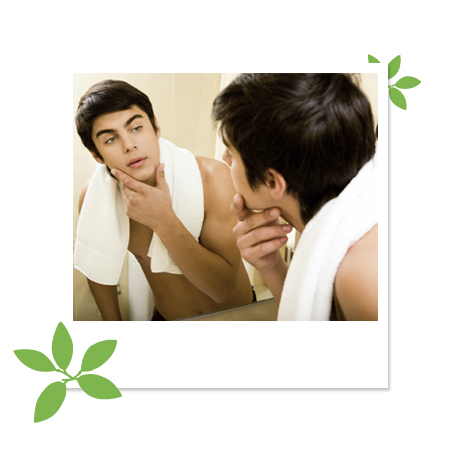Rashes

“Rash” is a word that describes most any condition that creates a change in the skin characterized by redness, raised bumps or hives, inflammation, itching, and dryness, as well as pain, weeping, blisters, and scaling in some instances. Rashes most often appear in one area, like the cheek, elbow, or neck, but can also cover large areas of the body like the back or legs.
Skin rashes most often occur in reaction to something outside the body, like an allergen, chemical irritant, or environmental pollutant. The location, appearance, and color of the rash can help doctors determine what caused it and how to treat it. If you get a rash on your hand after touching poison ivy, for example, you can determine that most likely the plant caused the reaction, and proceed with treatment for poison ivy.
What Causes Skin Rashes?
Rashes can be caused by many different things. Here are just a few:
1. Allergens most commonly cause skin rashes. They can include poisonous plants like poison ivy, harsh chemicals in soaps and detergents, fabrics, jewelry, latex, certain foods, dyes, and more.
2. Skin conditions like dermatitis, eczema, and psoriasis can all cause rashes.
3. Infections can appear as rashes, and are most commonly caused by fungi or bacteria. Fungal infections are typically referred to as “ringworm,” but yeast infections are also considered a type of fungal infection. Impetigo (caused by staph or strep germs) is an example of a bacterial infection.
4. Viruses that cause infections like herpes and shingles can cause rash-like symptoms.
5. Medications can trigger rashes, particularly if someone is allergic. Medical treatments like chemotherapy and radiation can also create rashes.
6. Heat and moisture, typically in skin folds like elbow creases and groin areas, can cause rashes, often called “heat rashes.”
7. Diseases like liver and kidney disease, or even cancer, can cause rashes.
8. Acne-like rashes look like acne, but are actually rashes caused by medical treatments, medications, or allergens.
9. Immune system disorders can also result in skin rashes.
10.Chafing of the skin, caused by friction or harsh abrasives, can result in a rash.
11. Pregnancy can sometimes cause rashes.
Tips to Help Manage a Rash
Since rashes are so varied, treatments will also vary from case to case and person to person. There are several home remedies, however, that will help soothe most skin rashes. Mild ones will most likely go away in a few days. If yours continues beyond that time, seems particularly severe, or is accompanied by other symptoms like shortness of breath, fever, nausea, or fatigue, be sure to check with your doctor or dermatologist.
- Aloe vera is a wonderful, soothing moisturizer that will cool the hot irritation of a rash.
- Baking powder and oatmeal both help relieve itching.
- Olive and calendula oil are both natural anti-inflammatories that can help skin heal. Both also deeply moisturize.
- Chamomile is a natural anti-inflammatory and will help soothe a rash. Try making chamomile tea and applying either the tea bag or the water mixture directly to the rash.
- Oatmeal baths help soothe and calm rashes.
- Avoid harsh chemicals. Watch out for soaps, detergents, and personal care products. Choose safer brands to help the rash heal. If you suspect you’re allergic to something, stop using it until the rash heals.
- Avoid sun exposure as harmful UV rays will make the rash worse.
- Keep the rash clean and cool. Use lukewarm (not hot) water and wash with a safe, mild cleanser.
- Soothing clays and masks can often help calm a rash. Check with your local spa or try some natural masks with safe ingredients.
CV Skinlabs Products for You:
- Rescue + Relief Spray: refreshing, milky emulsion brings instant, cooling relief to itching, burning, and inflamed skin. BUY NOW!
- Calming Moisture for Face, Neck & Scalp: Tri-Rescue Complex provides anti-inflammatory and antihistamine benefits to soothe and calm inflamed skin. BUY NOW!
- Repair Body Lotion: contains calendula and aloe to soothe skin and reduce inflammation. BUY NOW!
Protect Your Skin, Protect Your Health
No matter what type of compromised skin you may have, you’re more at risk from exposure to toxic chemicals. Since most personal care products and cosmetics contain potentially harmful ingredients, it’s important to always read labels and use only safe, nurturing formulas that will enhance the condition of your skin. Click here for a list of Ingredients to Avoid in your personal care products.



